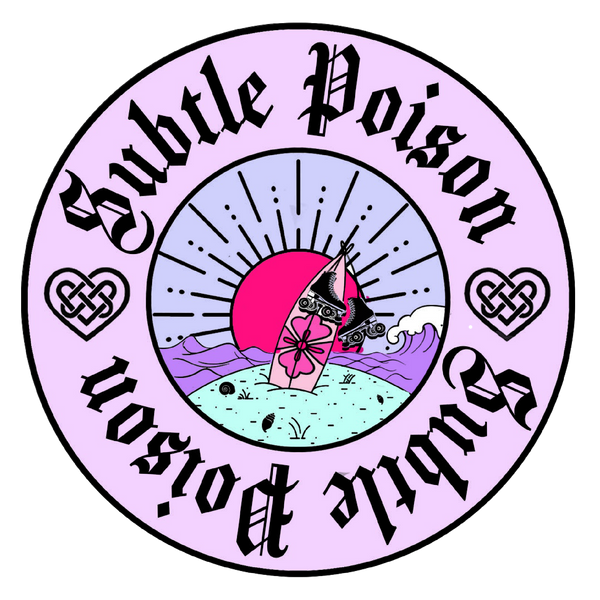
🎃 The Very Irish Origins of Halloween 🎃
Share
 Halloween might be a global celebration now, but its roots are actually Irish!
Halloween might be a global celebration now, but its roots are actually Irish!
Over 2,000 years ago, ancient Celts in Ireland celebrated a festival called Samhain (which is still the Irish word for November). The festival marked the end of the harvest and the start of winter, a time they believed the barrier between the living and the spirit world got super thin.
To scare off wandering ghosts, Irish communities lit huge bonfires and wore costumes made from animal skins. Yikes!
When Christianity spread into Ireland, the Church tried to give Samhain a makeover. The Pope declared November 1st All Saints’ Day (or All Hallows’ Day), and the night before became All Hallows’ Eve, eventually shortened to Halloween. Even with this new religious twist, many of the original Irish traditions stuck around.
In medieval Ireland, people practiced “souling,” going door-to-door offering prayers for the dead in exchange for food. Kids later turned this into “guising,” dressing up in costumes and performing tricks to earn treats. Sounds a lot like trick-or-treating, right? Yep, another Irish contribution!
Even the jack-o’-lantern has Irish roots. The story comes from the Irish legend of Stingy Jack, a clever troublemaker doomed to wander the earth with only a carved turnip lantern. When Irish immigrants came to America in the 1800s, they swapped turnips for pumpkins (easier to carve)! That’s how we got the modern jack-o’-lantern.
When swathes of Irish people moved to the US, especially after the Great Famine, they brought Halloween traditions with them. Over time, America turned it into the candy-filled celebration we know today, but its heart still beats with Irish origins.
So every time you dress up, carve a pumpkin, or tell a spooky story, you’re celebrating a little piece of Ireland.
(Author, Mairead Maguire)
